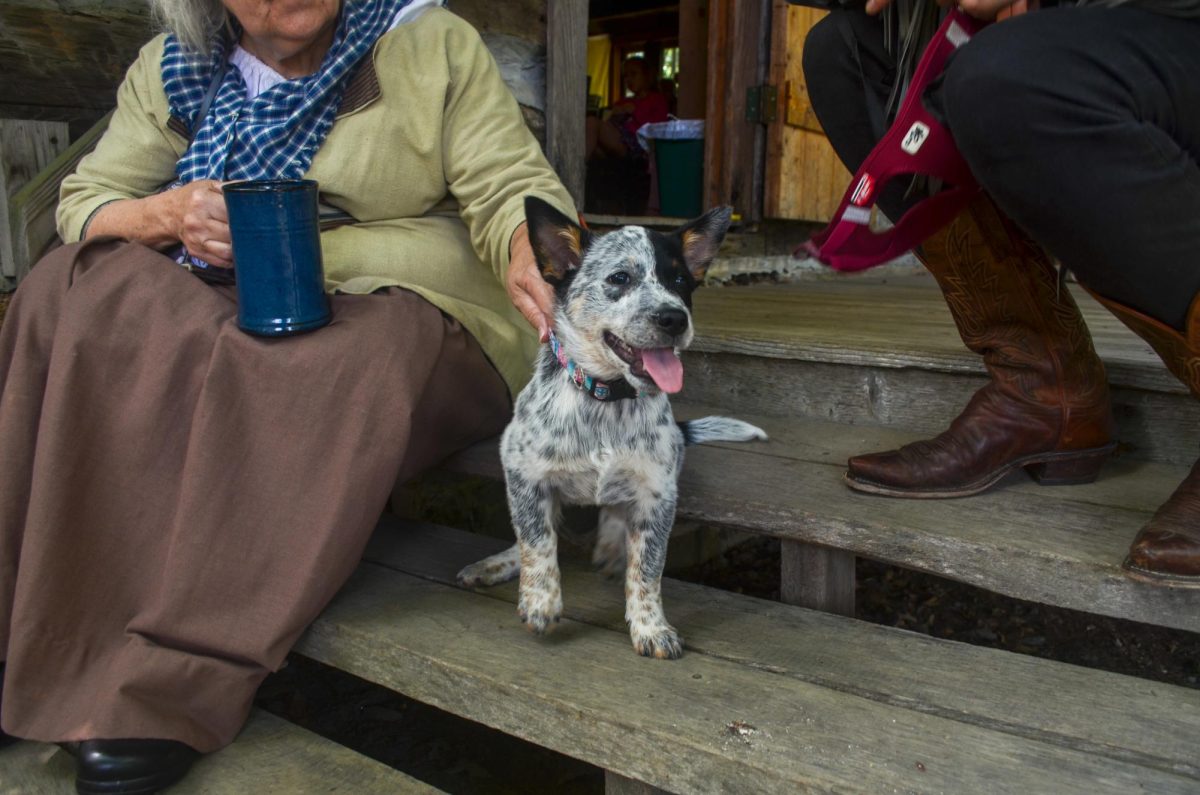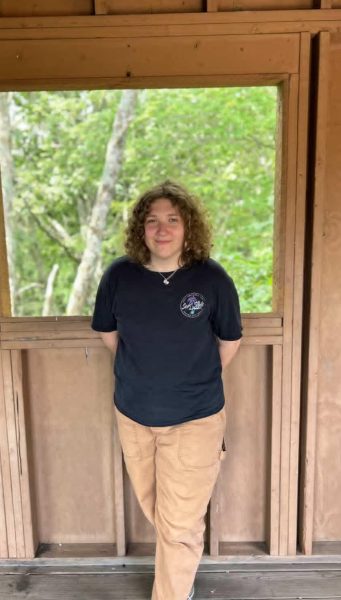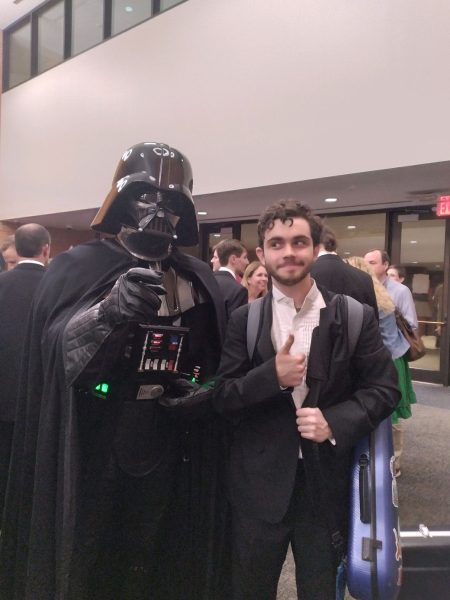The Hickory Ridge History Museum hosted a wide variety of colonial-themed activities during their first Children’s Day event Saturday from 11 a.m. to 2 p.m.
Around the museum’s grounds were activities such as a dulcimer petting zoo where children could learn notes on well-loved Appalachian instruments, a volunteer making corn husk dolls on the Coffey Cabin’s porch and various games above the amphitheater.
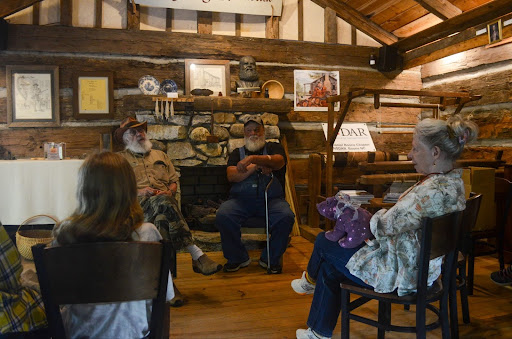
One game in particular, the game of graces, which has roots first documented in France during the 19th century, attracted attention from visitors.
“The incorporation of games is a way of celebrating activities that come from different backgrounds that make their way into Appalachian culture,” said Tamara Smalling, a volunteer member of the Hickory Ridge Museum.
There was also a series of storytellings and musical demonstrations. One of the featured guest speakers was Orville Hicks, a Watauga County storyteller. Orville Hicks shared tales from his books, his childhood and passed down stories from generations within his family.
Orville Hicks has been telling folktales around the High Country for 45 years alongside his family, including his cousin, Ray Hicks. Orville Hicks’ community work inspired the Southern Appalachian Historical Association to name a storytelling contest in his honor.
“I got involved with Ray for the storytelling,” Orville Hicks said. “He got me to take him some places and I learned the tales from my mama, so Ray said, ‘You outta start telling tales.’ The first time I told them was on Beech Mountain at the ghost telling.”
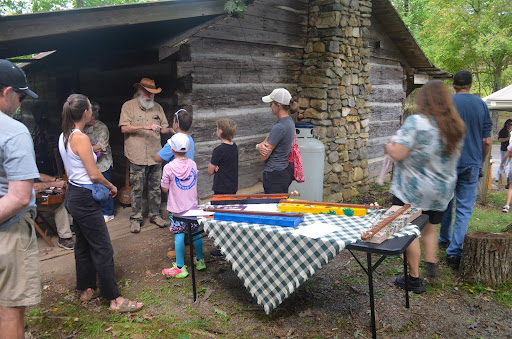
Visitors could walk around the grounds during self-guided tours through the authentic cabins, looking inside at the replicas and original pieces that furnished them. Volunteers told the history of the cabins, each one having a unique history before being donated to the museum by Appalachian family descendants, including the 340-year-old Tatum Cabin.
Emily Feagle, a parent at the event, said the overall experience was very enjoyable for her family and they would attend again.
“We were in town visiting and saw what was advertised online,” Feagle said. “We thought that it’d be an awesome experience for the kids. The girls absolutely loved making the corn husk dolls. And then also the authentic period games. They were rather interested in that and got their attention for much longer than I anticipated.”
SAHA, who sponsored the event, is a non-profit organization supported by community members and businesses throughout Avery and Watauga counties. They offer educational programs to public and homeschooled students.
The organization aims to provide students with an educational environment to learn about daily life in historical Appalachian communities through the use of reenactments and interactive activities, focusing on the years immediately following the American Revolution.
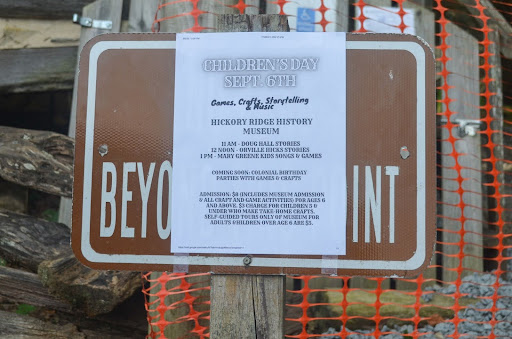
(Colin Wishneski)
“It’ll spark their interest,” said Marrena Greer, executive director of Hickory Ridge. “Then they’ll ask more questions. It’s an educational thing that we like to do up here.”
A vital aspect of the organization is the relationship between themselves and the community. Mary Greene, chair of SAHA, emphasized how community collaboration is vital in the ongoing maintenance and preservation of the museum, especially in the past year.
Last September, Hurricane Helene left cabins in the museum with wind damage from branches. Later, their fall festival was canceled to focus on recovery. The museum stayed closed for several months as the Federal Emergency Management Agency used the Horn in the West parking lot as a debris site. Hickory Ridge was able to stay open through the winter with the help of local community members and the North Carolina Arts Council.
The museum is also home to “Horn in the West,” an outdoor play detailing the story of Appalachian settlers and their hardships in the revolutionary era. The play is one of the oldest tourist attractions in Boone, created by Kermit Hunter in 1952, who wrote historical dramas across North Carolina during his life.
The goal of SAHA is to provide a day in the life of an historic Appalachian community member while also presenting it visually to the public.
“We like to tell the history of our ancestors that’s been here for over 200 years,” Greer said. “These cabins represent our little miniature village while we talk about our play and the revolutionary war.”

